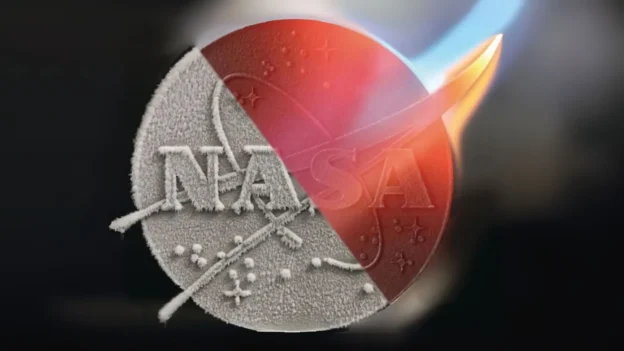NASA announces the development of advanced materials with the creation of GRX-810, a metal alloy designed to withstand extreme temperatures and can be used in additive manufacturing.
A printable metal alloy that withstands high temperatures
So far, 3D printing of 3D printing of engine components was constrained by a shortage of affordable metals with high thermal resistance. Existing alloys, while effective, were too expensive for widespread production. GRX-810 meets this challenge thanks to its composition based on nickel, cobalt and chromium, together with a ceramic coating that gives it prolonged mechanical strength at high temperatures.
It was developed at the Glenn Research Center in Cleveland, this alloy is produced by an oxide dispersion process with resonant acoustic mixing. Through vibrations applied to nanoparticles and metal powder, a homogeneous and inseparable coating is achieved. This method allows the powder to retain its oxide-reinforced properties even after recycling.
Elementum 3D currently produces GRX-810 in multiple volumes and holds a co-exclusive license on the material. In collaboration with NASA and through a Space Act Agreement, work is underway to optimize its manufacturing on an industrial scale.
The company’s technical director, Jeremy Iten, noted that large-scale production versions have doubled the service life over early experimental batches. The GRX-810 metallic material withstands temperatures up to 2000°F under stresses that would deform other common materials in a matter of hours.
A company specializing in turbine flow sensors, Vectoflow, is testing versions made with GRX-810. These devices, exposed to extreme thermal conditions, could benefit from increased durability, improving engine efficiency and reducing emissions and operating costs.
Source and photo: NASA

